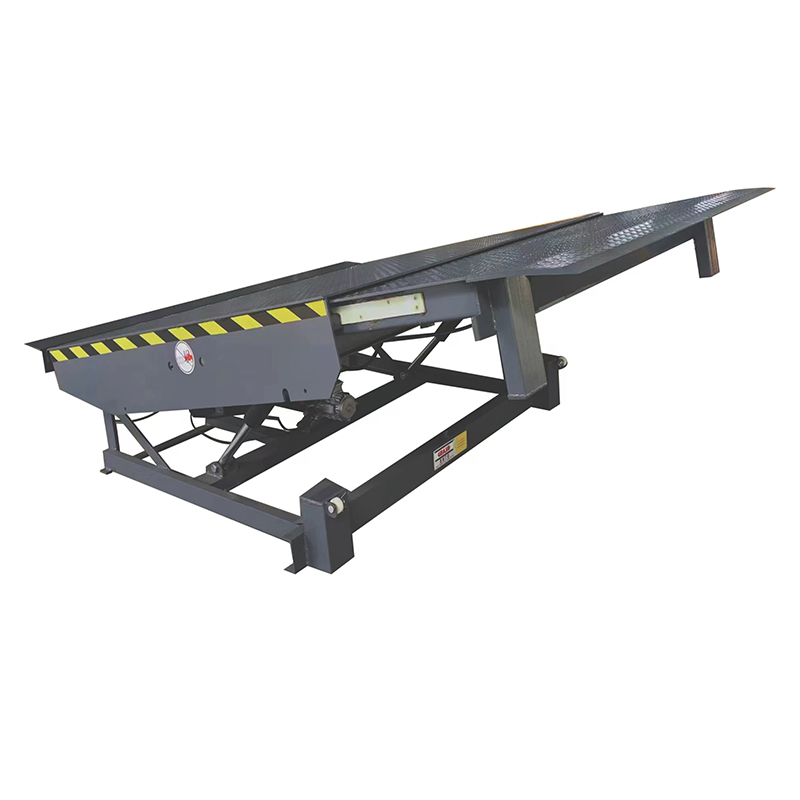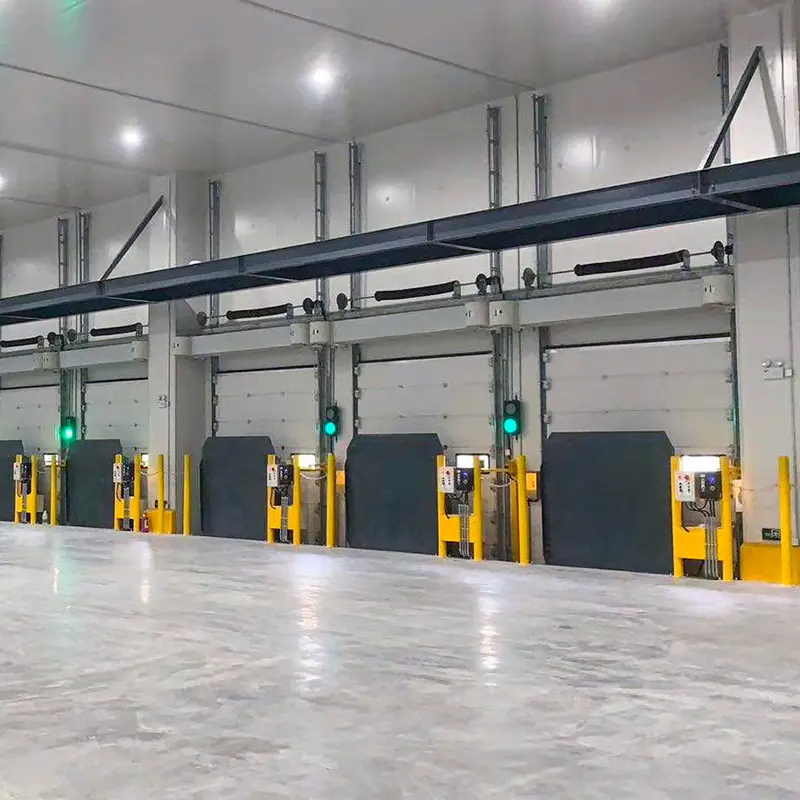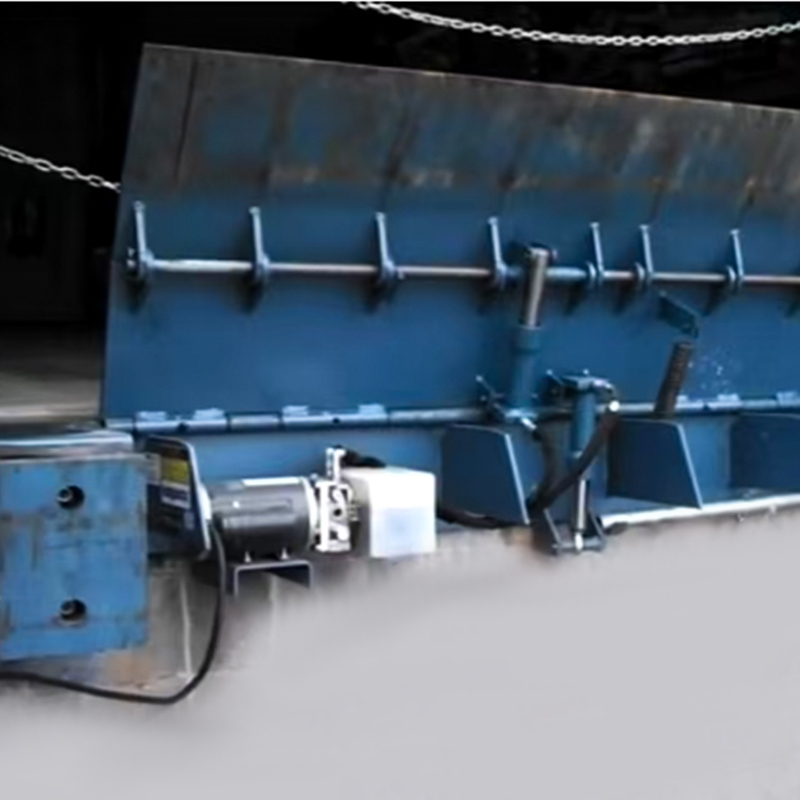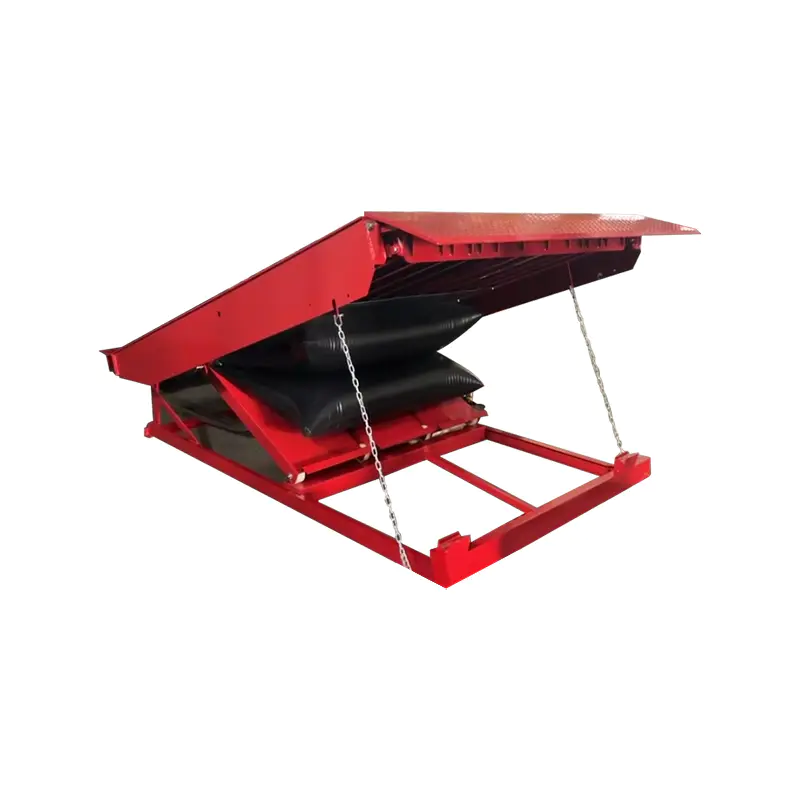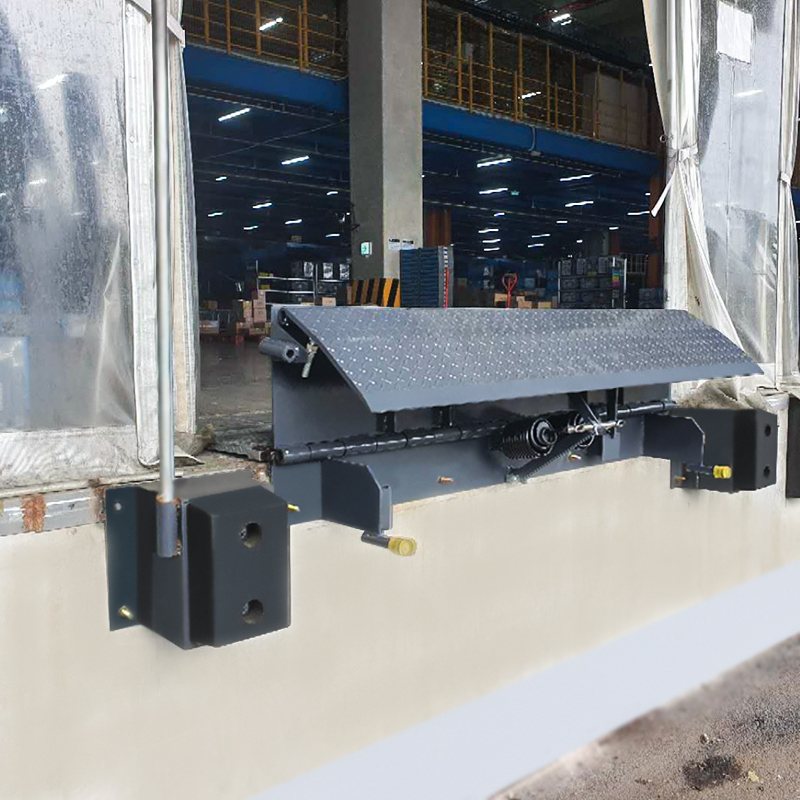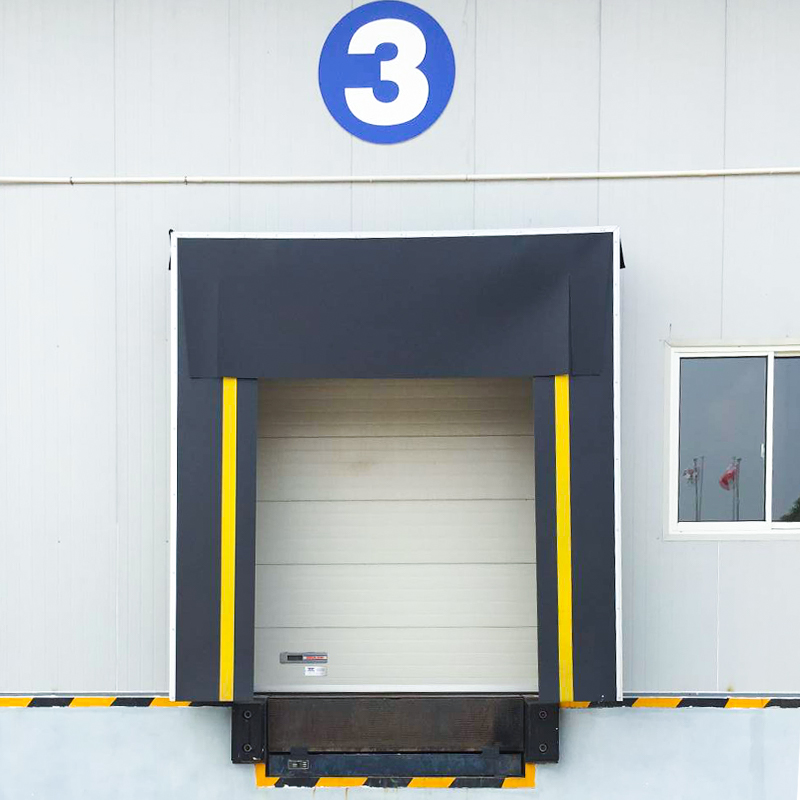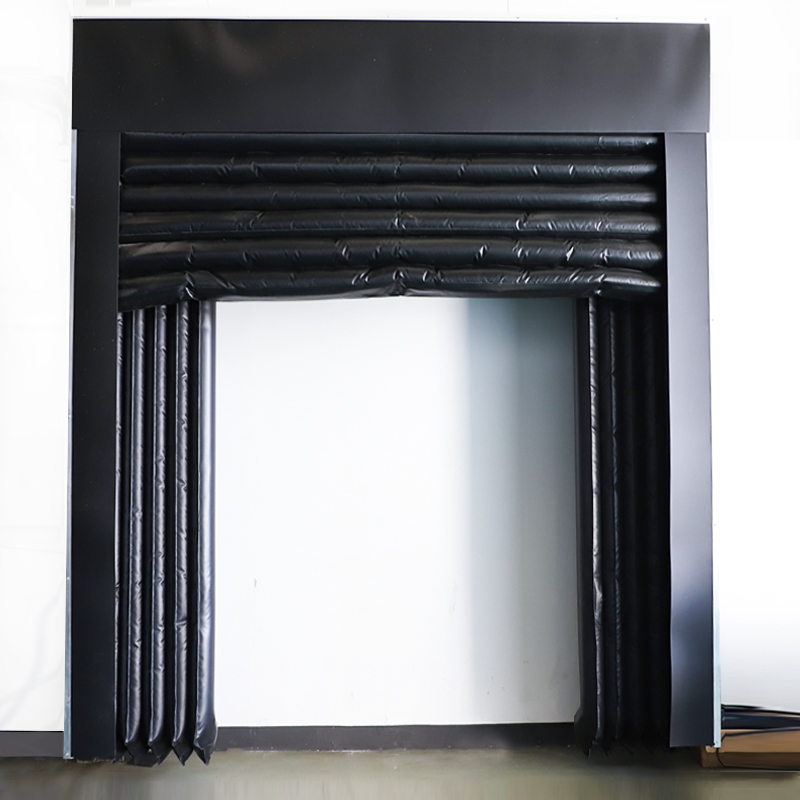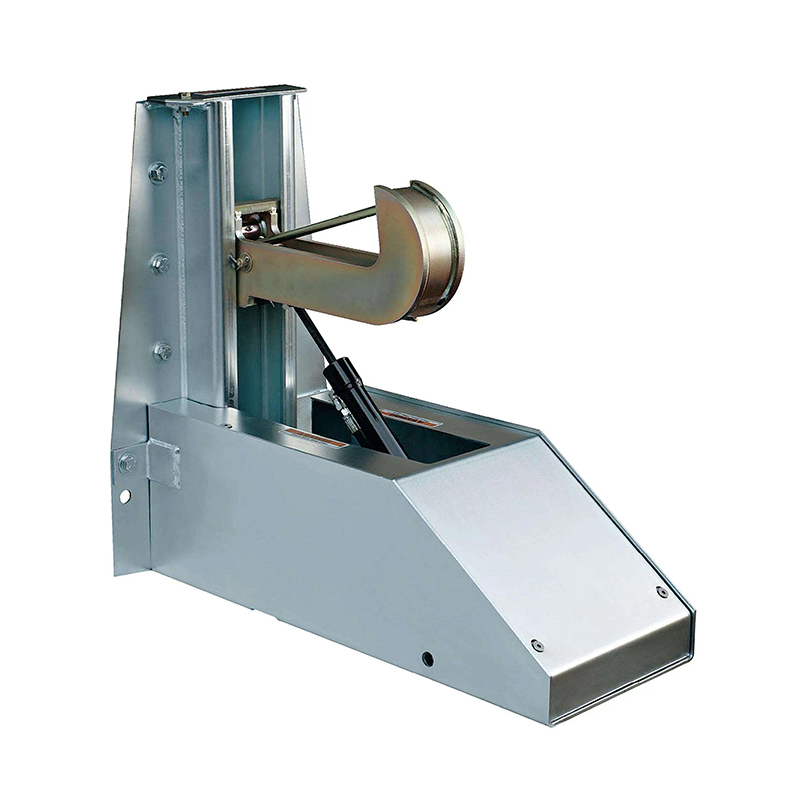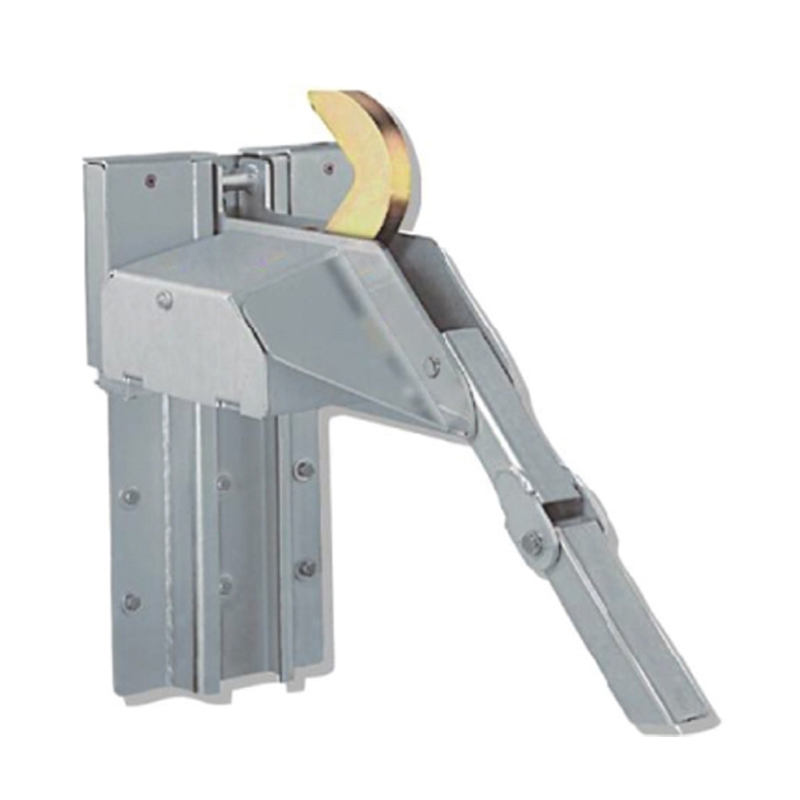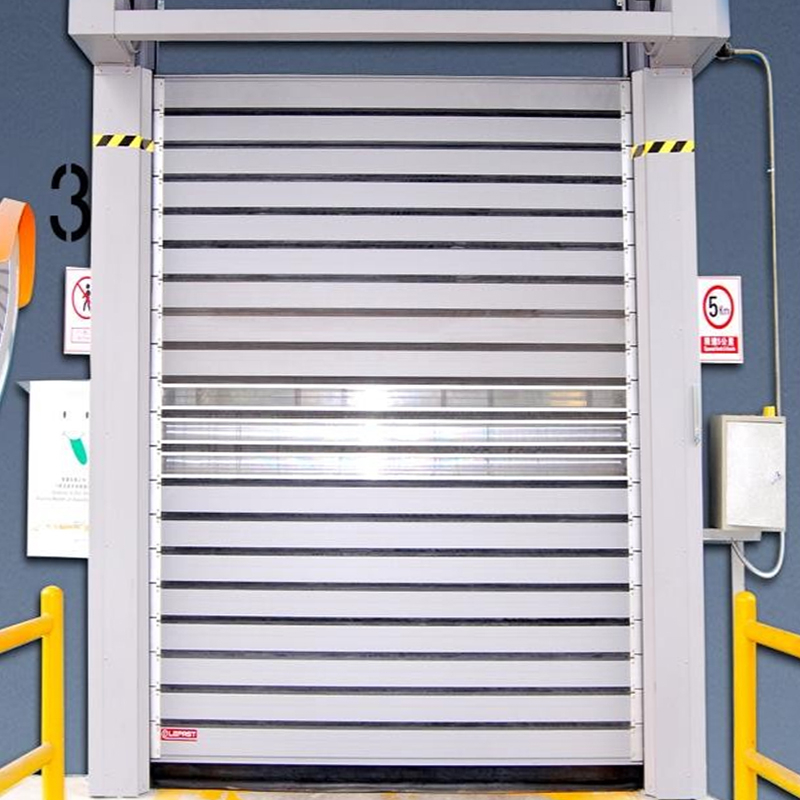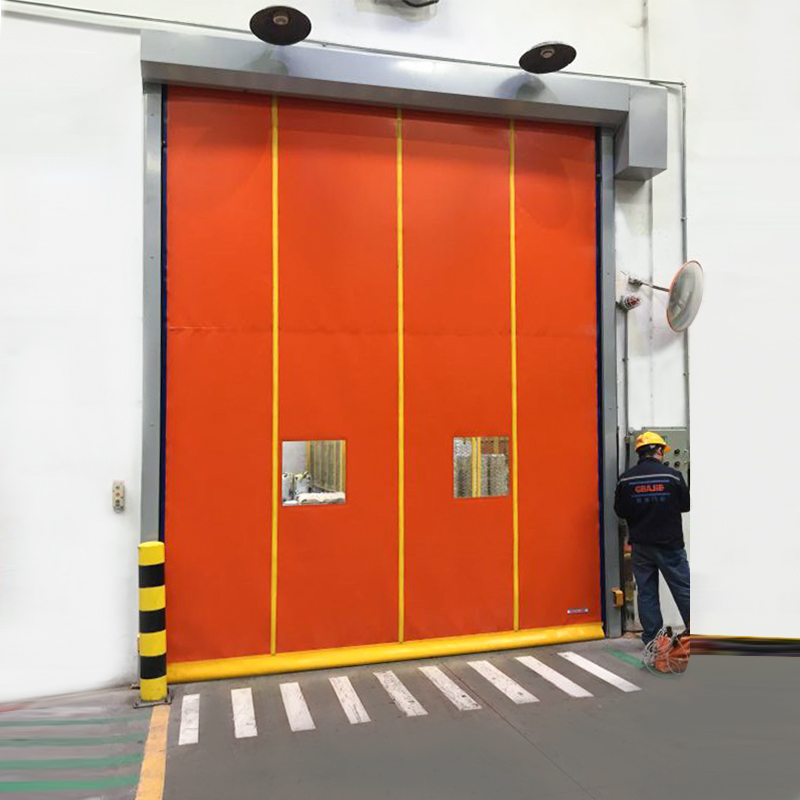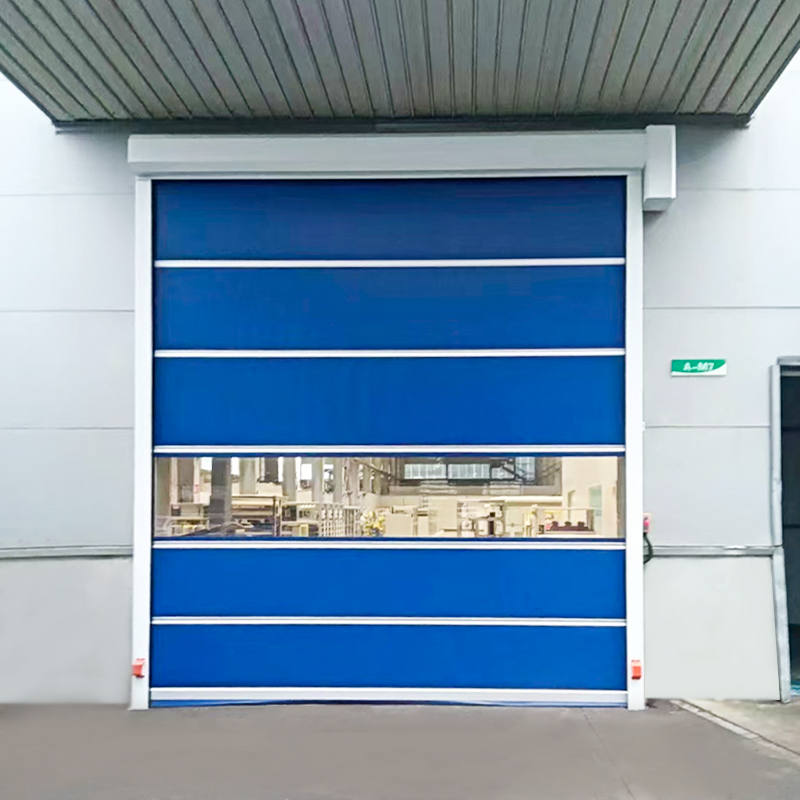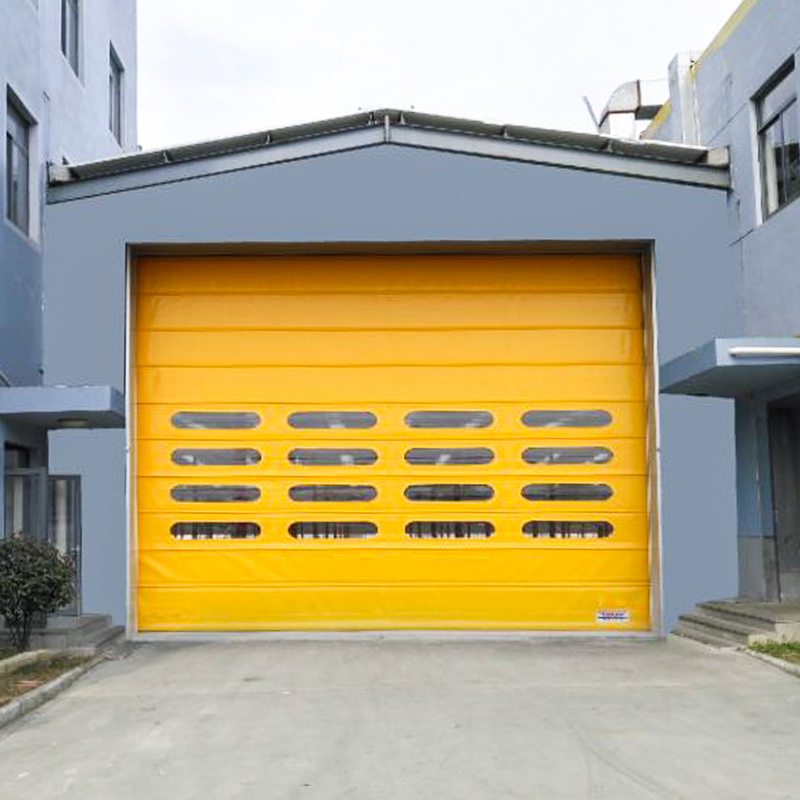Reinforced Structural Design and Load DistributionEOM Industrial Dock Levelers are engineered with...
The insulation performance of Industrial Sectional Doors functions as a critical thermal barrier that separates the controlled interior environment of a warehouse from the often fluctuating and extreme external climate. Industrial warehouses storing temperature-sensitive products require precise temperature management to maintain product integrity and operational efficiency. High-performance insulation materials within the sectional door panels—such as polyurethane (PUR), polyisocyanurate (PIR), or expanded polystyrene (EPS)—significantly reduce thermal conductivity. By minimizing heat transfer, these insulated doors help maintain consistent internal temperatures, thereby reducing the thermal load on heating, ventilation, and air conditioning (HVAC) systems. This stabilization prevents rapid temperature fluctuations, improves internal climate stability, and supports the warehouse’s stringent environmental controls, which are essential for perishable goods, pharmaceuticals, and other sensitive inventories.
The effective insulation of Industrial Sectional Doors directly contributes to lowering energy consumption in temperature-controlled warehouses. Because the doors act as one of the largest points of thermal exchange during door openings and closings, superior insulation reduces heat ingress during warmer months and heat loss during colder periods. Consequently, HVAC systems operate more efficiently, cycling less frequently or at lower intensities to maintain target temperatures. This energy efficiency translates into substantial cost savings over time, particularly in large-scale or high-traffic warehouses where doors may open numerous times daily. Enhanced insulation helps to mitigate the operational disruptions caused by door use by enabling the rapid restoration of optimal internal temperatures after loading dock activities.
Insulation performance is complemented by the design and installation of advanced sealing mechanisms on Industrial Sectional Doors. These seals—made from weatherstripping, neoprene, or silicone gaskets—ensure airtight closure between the door panels and the frame, preventing the infiltration of outside air and the exfiltration of conditioned air. This reduction of air leakage is paramount because uncontrolled air exchange can account for significant energy losses, undermining insulation effectiveness. Well-sealed doors maintain a tight envelope that preserves the warehouse’s internal climate, enhancing HVAC system efficiency and reducing the environmental footprint of warehouse operations. Effective sealing protects against dust, pests, and moisture ingress, which can otherwise compromise stored goods and facility hygiene.
High insulation performance in Industrial Sectional Doors plays a pivotal role in safeguarding temperature-sensitive products. Consistent temperature control, supported by insulated doors, reduces the risk of spoilage, chemical degradation, or microbial growth—factors critical to food safety, pharmaceutical efficacy, and chemical stability. Many industries are subject to strict regulatory standards and quality assurance requirements, such as HACCP (Hazard Analysis and Critical Control Points) for food or GMP (Good Manufacturing Practice) for pharmaceuticals. By maintaining precise environmental conditions, insulated sectional doors help companies achieve compliance with these standards, avoiding costly penalties, product recalls, or reputational damage. Stable storage environments contribute to reducing product waste, supporting operational sustainability.
Incorporating Industrial Sectional Doors with superior insulation contributes significantly to sustainable building certifications like LEED (Leadership in Energy and Environmental Design) and BREEAM (Building Research Establishment Environmental Assessment Method). These certification systems reward reductions in energy consumption and carbon footprint, which can be achieved through the installation of high-performance insulated doors that minimize HVAC loads. This alignment with green building principles supports corporate sustainability goals and can improve market competitiveness. Energy-efficient doors may qualify for governmental incentives, rebates, or tax credits aimed at encouraging environmentally responsible construction and retrofit projects.

 English
English Español
Español Tiếng Việt
Tiếng Việt

